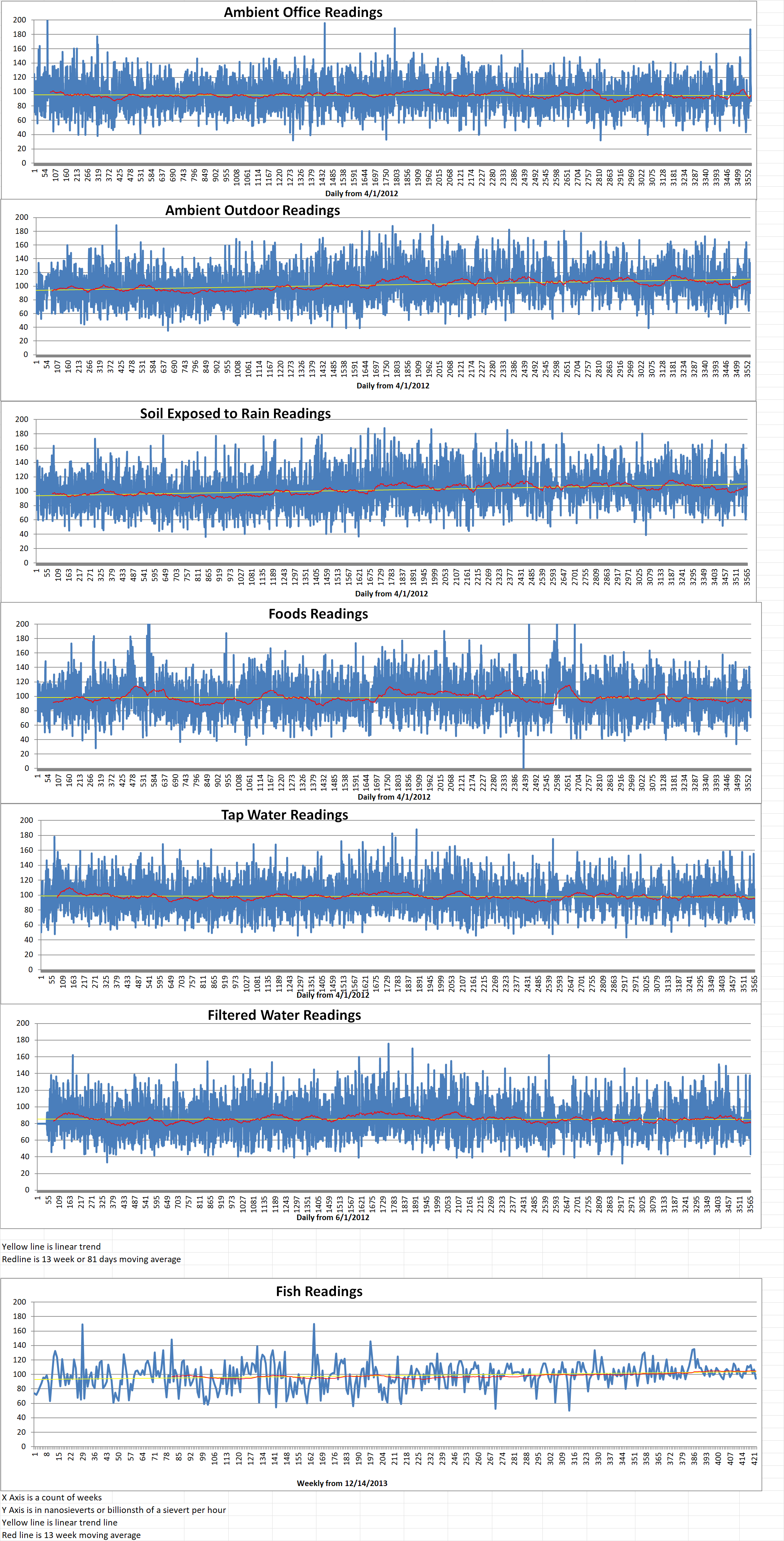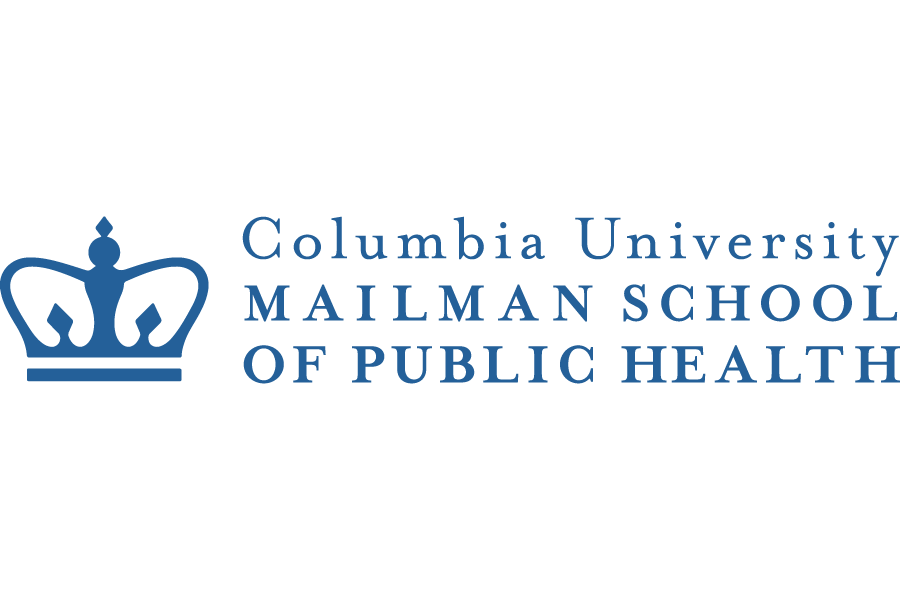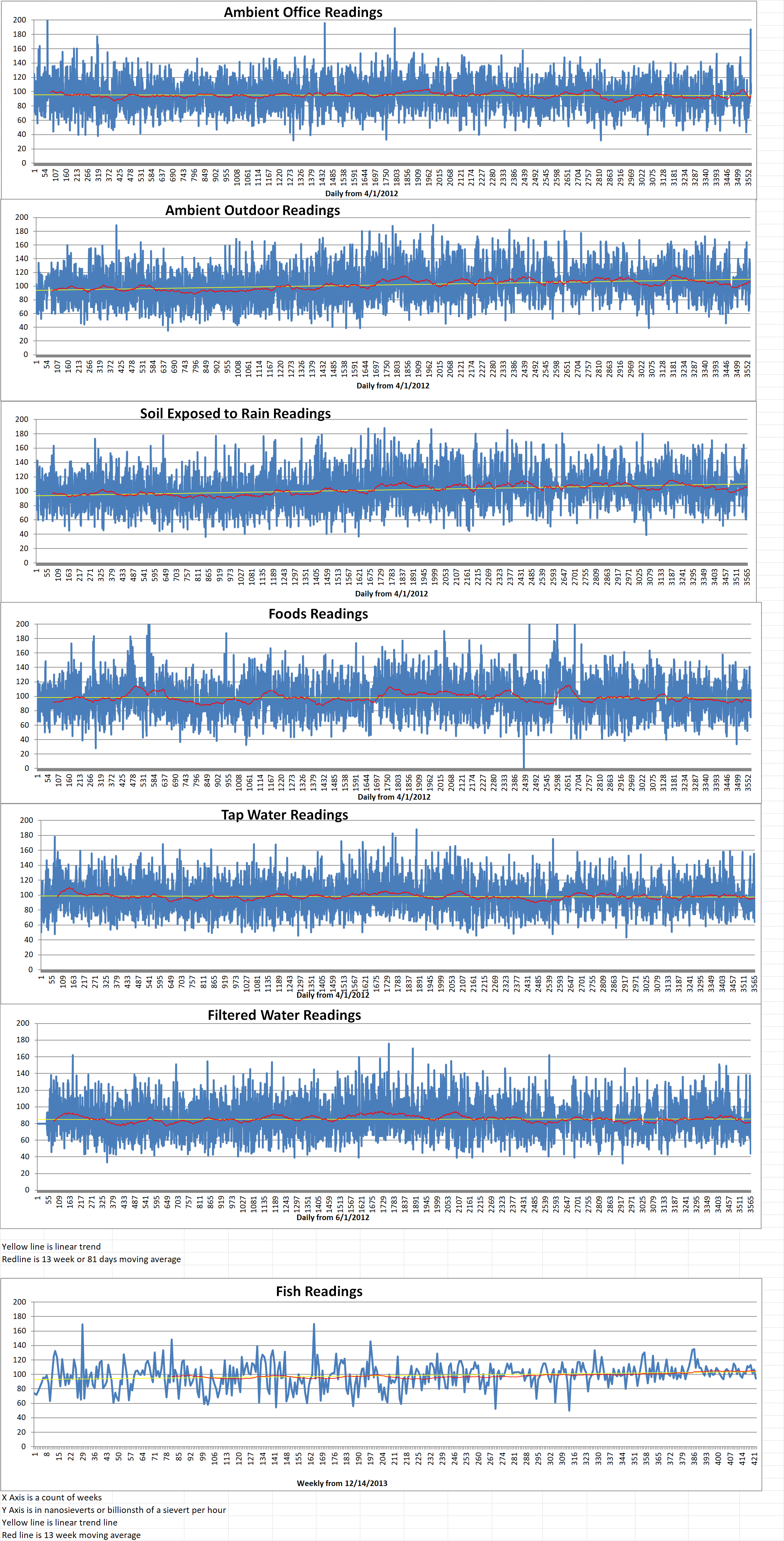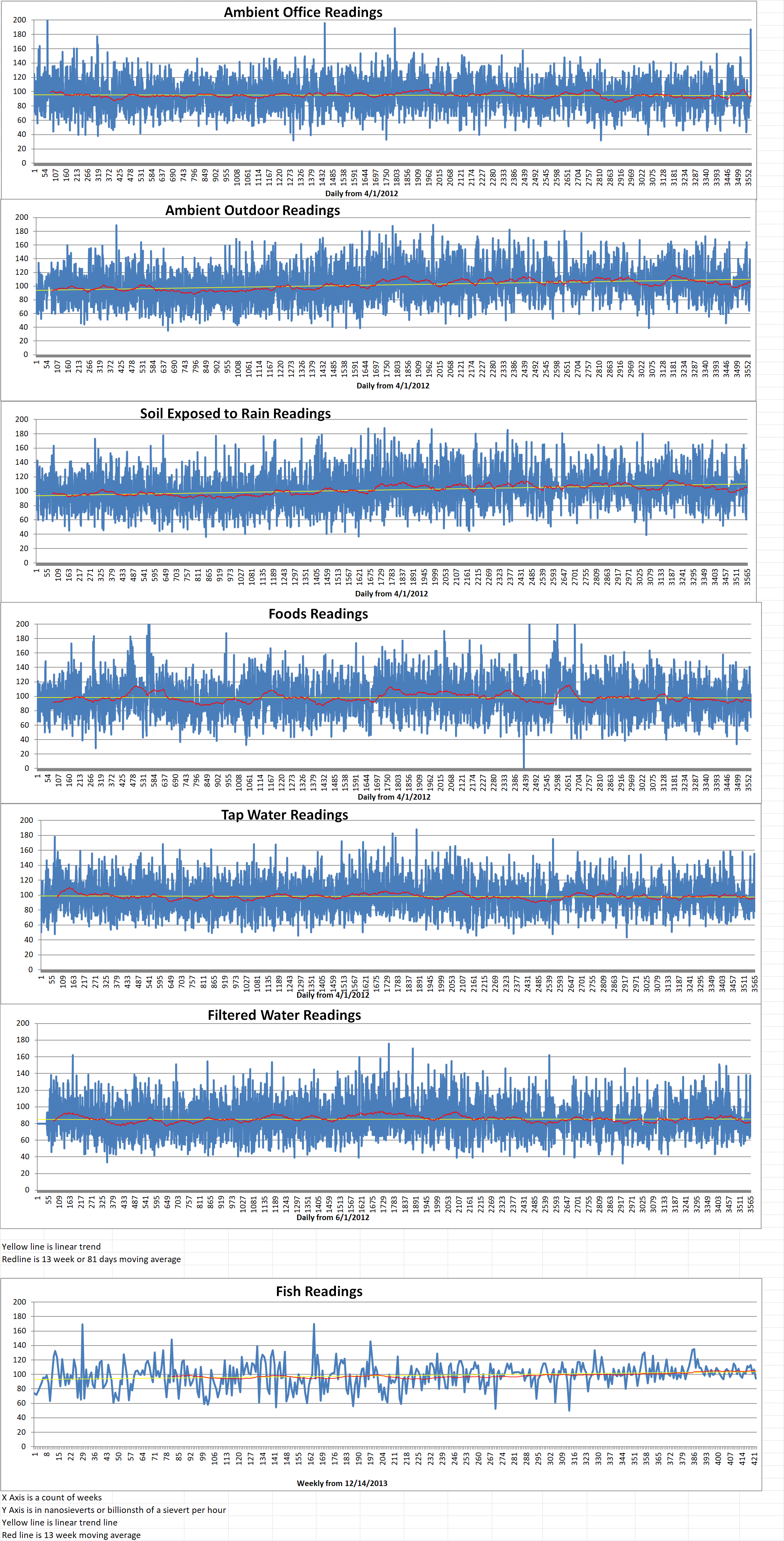Blog
-

Geiger Readings for Apr 6, 2022
Ambient office = 87 nanosieverts per hour
Ambient outside = 123 nanosieverts per hour
Soil exposed to rain water = 122 nanosieverts per hour
Romaine lettuce from Central Market = 102 nanosieverts per hour
Tap water = 63 nanosieverts per hour
Filter water = 43 nanosieverts per hour
-

Columbia University Researchers Review Metal Contaminants In Community Water Systems
Researchers at the Columbia University Mailman School of Public Health recently conducted a study on metal concentration in U.S. community water systems (CWS) and patterns of inequality. The study revealed that metal concentrations were particularly concentrated in CWSs serving semi-urban, Hispanic communities independent of location or region, highlighting environmental justice concerns. These types of communities had the highest levels of uranium, selenium, barium, chromium, and arsenic concentration.
Even if the concentration is low, uranium represents an important risk factor for the development of chronic diseases. Unfortunately, until now little epidemiological research has been done on chronic water uranium exposure despite the potential health effects of uranium exposure from CWSs. Uranium has been underappreciated in the literature as a major public drinking water contaminant. The results of the study have been published in the journal The Lancet Planetary Health.
Anne Nigra, Ph.D. is an assistant professor of Environmental Health Sciences at Columbia Mailman School of Public Health. She said, “Previous studies have found associations between chronic uranium exposure and increased risk of hypertension, cardiovascular disease, kidney damage, and lung cancer at high levels of exposure. Our objectives were to estimate CWS metal concentrations across the U.S, and identify sociodemographic subgroups served by these systems that either reported high metal concentration estimates or were more likely to report averages exceeding the US EPA’s maximum contaminant level (MCL).”
About ninety percent of U.S. residents depend on public drinking water systems. Most resident rely on CWS that that serve the same population year-round. The researchers evaluated EPA six-year review records for antimony, arsenic, barium, beryllium, cadmium, chromium, mercury, selenium, thallium, and uranium. They were trying to determine if average concentrations exceeded the maximum contaminant levels allowed by the EPA which regulates levels for six different classes of contaminants. The review included about thirteen million from one hundred and thirty-nine thousand CWS serving two hundred and ninety people annually. They created an online interactive map of estimated metal concentrations at the CWS and county levels to use in future analyses.
According to the report, two percent of community water systems reported average uranium concentrations from 2000 to 2011 which exceeded the EPA maximum contamination levels. Uranium was often detected during compliance monitoring. Arsenic, barium, chromium, selenium, and uranium concentrations were also disproportionately elevated in CWSs which served semi-urban, Hispanic populations. This raised concerns for these communities and the possibility of inequalities in public drinking water.
Nigra and her team found that the consistent association between elevated CWS concentrations and semi-urban, Hispanic communities suggested that concentration disparities are either a failure of regulatory policy or water treatment rather than underlying geology. Hispanic/Latin populations show numerous health disparities. These included increased mortality due to diabetes as well as liver, kidney and cardiovascular disease.
Niger said, “Additional regulatory policies, compliance enforcement, and improved infrastructure are therefore necessary to reduce disparities in CWS metal concentrations and protect communities served by public water systems with elevated metal concentrations. Such interventions and policies should specifically protect the most highly exposed communities to advance environmental justice and protect public health.” -
Nuclear News Roundup Apr 5, 2022
Nearly 70% of Americans are worried about a nuclear attack, according to APA survey. Here’s what could happen cnbc.com
MLAs should have a mature debate about nuclear power newsletter.co.uk
UK unveils plan to triple nuclear power capacity, uranium stocks march higher seekingalpha.com
US steel giant invests in NuScale world-nuclear-news.org
-

Geiger Readings for Apr 5, 2022
Ambient office = 98 nanosieverts per hour
Ambient outside = 90 nanosieverts per hour
Soil exposed to rain water = 94 nanosieverts per hour
Red bell pepper from Central Market = 109 nanosieverts per hour
Tap water = 64 nanosieverts per hour
Filter water = 44 nanosieverts per hour
-

Nuclear Reactors 1014 – Russia Is Turning Control Of Nuclear Facilities Back To Ukraine
The Russian troops who took and held the shuttered Chernobyl nuclear power plant have moved out and turned the plant back over to the Ukrainians on March 19th. The two hundred Ukrainians who were at the plant when the Russians took over on February 24th, were held hostage for twenty-five days with no relief workers allowed in. Many of the workers live in Slavutyhch which is outside the Chernobyl exclusion zone. The International Atomic Energy Agency (IAEA) said in its April 3rd update that Ukraine had told them that there were preparations to rotate staff at Chernobyl. This was to include an assessment of security for staff moving to and from Chernobyl.
The IAEA and the State Nuclear Regulatory Inspectorate for Ukraine (SNRIU) have both stressed the requirement for nuclear power plant staff to be well rested to reduce the risk that mistakes will be made in the management of the plant. The SNRIU also told the IAEA that it was analyzing the possibility of resuming regulatory control of Chernobyl now that Russian troops have departed.
Rafael Mariano Grossi is the Director General of the IAEA. Last week he held talks about safety measures and assistance that the organization could provide with senior Ukrainian officials during a visit to the Zaporozhe nuclear power plant in South Ukraine which is currently occupied by Russian troops.
Grossi also held talks with senior Russian officials in Kaliningrad and said that he had secured separate agreements with them relating to safety and assistance intended to protect nuclear facilities with both sides. It had originally been intended to secure a single three-party agreement but that would have taken longer to achieve because it would have required “draft after draft” being exchanged and reviewed. Grossi also said that he would “head an IAEA assistance and support mission to the Chernobyl nuclear power plant as soon as possible. It will be the first in a series of such nuclear safety and security missions to Ukraine.”
Following his meeting with the IAEA on Friday, Alexey Likhachev, the Director General of Rosatom, the Russian state-owned nuclear company, said he welcomed the “professionalism”, “balanced … depoliticized approach” and “concentration of attention and efforts on nuclear safety issues” of the IAEA. He categorized the talks as about “security, security and security”. He added that the “The main task of Rosatom is to do everything necessary and assist the IAEA in the safe operation of Ukrainian nuclear facilities.”
On April 3rd, the IAEA reported that it was still not receiving the automatic monitoring data transmissions from Chernobyl and its surrounding area, although it does continue to receive the data from the four operational nuclear power plants in Ukraine, including Zporozhe, which still remains under the control of the Russian Forces.
On April 4th, Ukraine’s nuclear power plant operator Energoatom, said that all four of Ukraine’s nuclear power plants were operating within safe limits. It said that seven of the fifteen nuclear power reactors in the country were currently operating. The other eight reactors are shut down for regular maintenance.
Energoatom said that the Zaporozhe staff are able to rotate but are searched at checkpoints. The Ukrainian staff are still required to gain approval from the Russian occupiers for technical decisions. Energoatom also said that the staff at Zaporozhe could not be well rested while living under Russian occupation. -
Nuclear News Roundup Apr 4, 2022
Top military leaders split with Biden over nuke cruise missile politico.com
Technological advances benefit Russian ISL operations world-nuclear-news.org
Indian minister provides uranium, construction updates world-nuclear-news.org
Biden’s nuclear deal adds ‘legitimacy’ to Iran’s activities, may provide Russia sanction relief: diplomats foxnews.com
-

Geiger Readings for Apr 4, 2022
Ambient office = 101 nanosieverts per hour
Ambient outside = 128 nanosieverts per hour
Soil exposed to rain water = 125 nanosieverts per hour
Pink Lady apple from Central Market = 93 nanosieverts per hour
Tap water = 108 nanosieverts per hour
Filter water = 95 nanosieverts per hour
-
Nuclear News Roundup Apr 3, 2022
Top military leaders split with Biden over nuke cruise missile politico.com
Technological advances benefit Russian ISL operations world-nuclear-news.org
Indian minister provides uranium, construction updates world-nuclear-news.org
Biden’s nuclear deal adds ‘legitimacy’ to Iran’s activities, may provide Russia sanction relief: diplomats foxnews.com
-

Geiger Readings for Apr 3, 2022
Ambient office = 111 nanosieverts per hour
Ambient outside = 134 nanosieverts per hour
Soil exposed to rain water = 135 nanosieverts per hour
Seedless grapes from Central Market = 71 nanosieverts per hour
Tap water = 79 nanosieverts per hour
Filter water = 65 nanosieverts per hour
